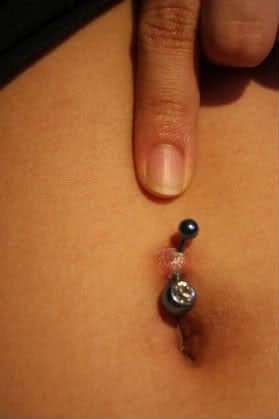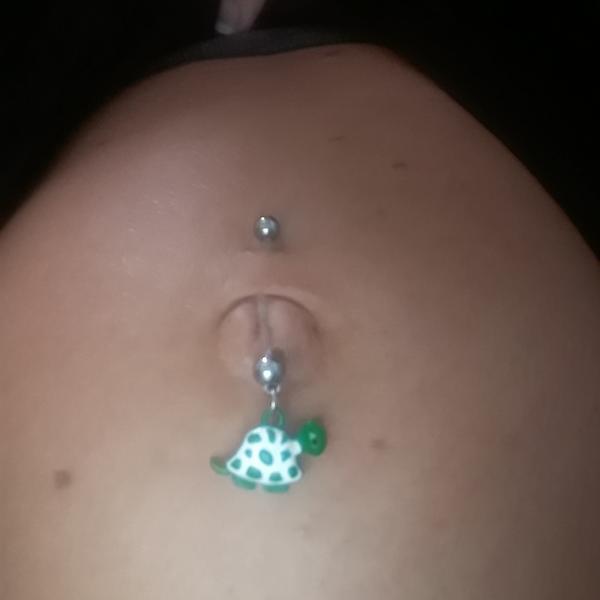Navel Piercing Aftercare That You Need to Follow!
What Causes Rejection or Migration? Huge, thin-gauge jewelry composed of the wrong material can create rejection or migration.
Rejection: What If My Body Rejects the Jewelry?

If your piercing might continue to migrate for a long time, then it might get rejected by the body. It is when your body tries to forcefully push the jewelry out in an attempt to heal itself. If you ever had a splinter, you might have noticed that the body forces it out; the same is with the jewelry. The body does not like foreign objects inside the skin.
Some people just can’t attend to navel piercings. Some frequently attempt, but at every point, it rejects or begins to migrate.
When rejection occurs, you may notice the following signs:
- The barbell will look enlarged.
- The fistula will grow more superficial.
- The openings of the piercing will migrate.
- There will typically be a path from where the pockets were first placed to where they are present.
- There may be redness or scarring throughout the holes.
- The jewelry may begin to stretch abnormally.
- There may be unusual sensitivity in the domain, but it usually will not harm.
- The hole may seem more open than before.
- The skin separating the two holes may begin to look thin and see-through.
Sadly, there is nothing really which can help to prevent rejection. The best thing to do is consult your physician and get your jewelry to remove, let the area heal completely, and then try again later. If you do not remove your jewelry, you will be left with some scars. In this case, the body will try to completely reject the piercing and force the barbell out totally.
A great thing is that rejection does not hurt a lot and rejection or migration does not mean that you have to be infected.
Infection: What Are the Symptoms?
Bacterial infections are something that is the most common thing that can happen after you get yourself pierced and can happen at any point. It could be due to poor hygienic measures, a reaction to the material of jewelry, or a rip or tear in the skin.






